Extraordinary works by the best architects of the time, built at the behest of the Medici family, the lords of Florence, the 14 Medici villas and gardens in Tuscany were declared World Heritage Sites by Unesco in 2013. Surrounded by splendid ornamental parks, the villas are true jewels of Renaissance architecture to discover through an evocative itinerary in stages. You can still visit most of the villas, which were built during the Medici rule, between the 15th and the first half of the 18th century. Hidden and surprising, these villas preserve the essence of a territory and a family that made history, enhancing its surroundings with a new aesthetic and lifestyle.

History and location
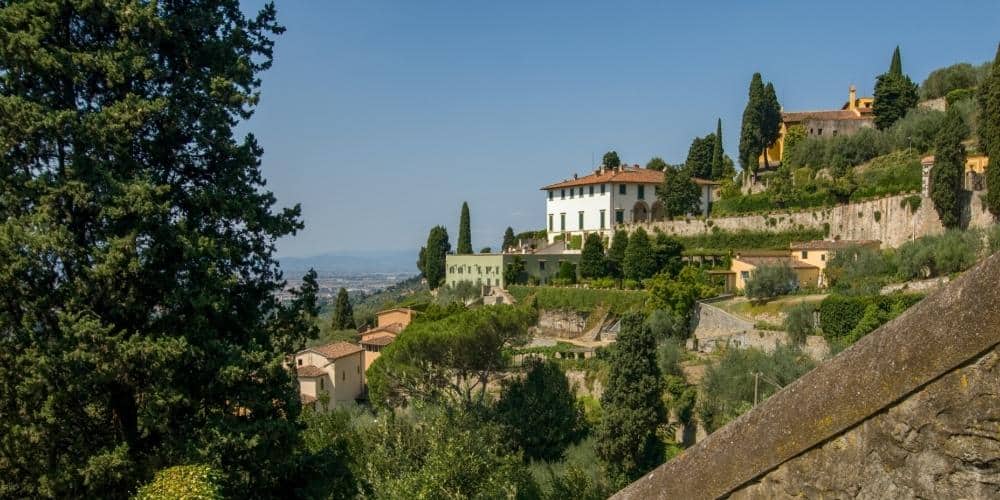
There are 27 Medici villas in Tuscany, divided into main and secondary villas. Most of them are located around Florence, apart from six villas on the Tyrrhenian coast of the region. The oldest are the Villa di Cafaggiolo in Barberino di Mugello and the Villa del Trebbio in San Piero a Sieve, fortified palaces in 14th-century style, linked exclusively to the control of agricultural land in the Mugello area, from which the Medici originated.
With Cosimo il Vecchio, during the mid-15th century, the villas began to feature leisure elements such as courtyards, loggias and gardens. Indeed, their period of great splendour was under the rule of Lorenzo the Magnificent during the second half of the 15th century. The Medici villas' period ended at the end of the 1500s when Ferdinando I bought the estates of Montevettolini and Artimino.
The Medici villas
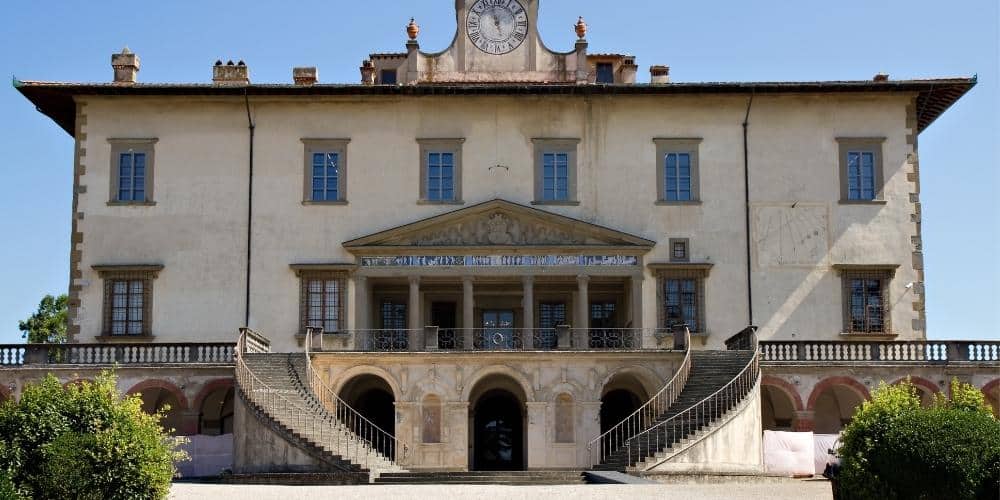
Despite the large number of Medici villas in Tuscany, only 14 of them have been inscribed on the UNESCO list. There are 12 villas and two gardens. The villas in question are: Villa di Cafaggiolo, Villa del Trebbio, Villa di Careggi, Villa di Fiesole, Villa di Castello, Villa di Poggio a Caiano, Villa La Petraia, Villa di Cerreto Guidi, Palazzo di Seravezza, Villa La Màgia, Villa di Artimino and Villa di Poggio Imperiale.
The villas embody an innovative form and function, a new type of noble residence that differed from both the farms owned by rich Florentines of the period and from the military might of baronial castles. The Medici villas form the first example of the connection between architecture, gardens, and the environment and became an enduring reference for noble residences throughout Italy and Europe. Their gardens, perfectly integrated into the natural environment, helped develop the appreciation of landscape characteristic Humanism and the Renaissance.
The Medici gardens
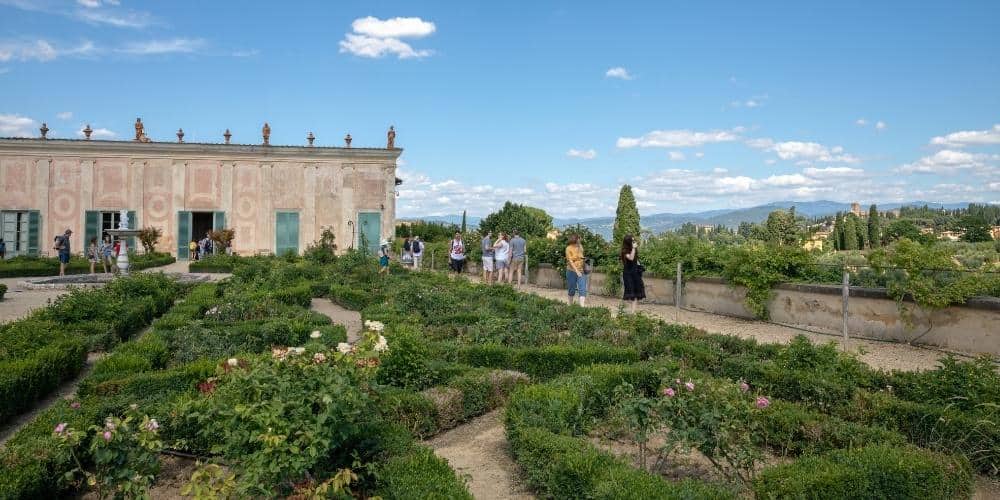
The two historic green spaces on the UNESCO list are the famous Boboli Gardens in Florence and the Medici Garden in Pratolino, whose villa was destroyed in 1820. Pratolino Park became famous for its caves, fountains and water features. The Boboli Gardens, on the other hand, represent one of the most important examples of Italian gardens in the world.
Today the villas, and their gardens, have various function. Some are real museums, such as Villa La Petraia, the Boboli Gardens and the Pratolino Park, others house different institutions, such as in Castello where the garden is a museum, whereas the villa is the seat of the Accademia della Crusca. Others have been sold or entrusted to private owners, who keep them for personal use or large and small events, such as weddings and conferences.
The proclamation of the site and the criteria for its inclusion
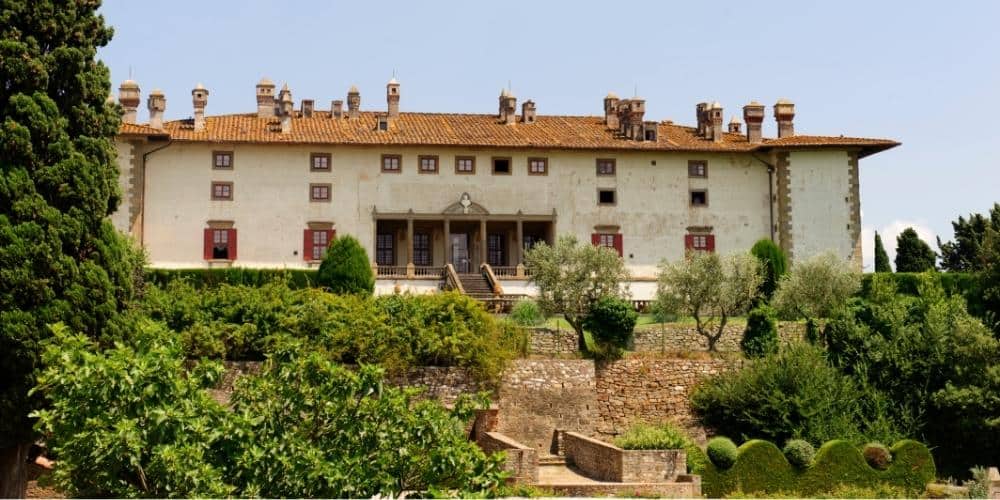
In 2013 the serial site "Medici Villas and Gardens in Tuscany" was inscribed on the UNESCO World Heritage List. The Medici villas and their gardens represent the ideal of a noble country residence where it was possible to live in harmony with nature and devote oneself as much to pastimes as to the arts and knowledge.
The inclusion on the Unesco list is motivated by three criteria:
"(ii) The Medici villas and gardens in Tuscany are testimony to a synthesis of the aristocratic rural residence, at the end of the Middle Ages, which made material a series of new political, economic and aesthetic ambitions. Villas and gardens formed models that spread widely throughout Italy during the Renaissance and then to the whole of modern Europe.
(iv) The Medici baronial residences provide eminent examples of the rural aristocratic villa dedicated to leisure, the arts and knowledge. Over a period spanning almost three centuries, the Medici developed many innovative architectural and decorative forms. The ensemble is testimony to the technical and aesthetic organisation of the gardens in association with their rural environment, giving rise to a landscape taste specific to Humanism and the Renaissance;
(vi) The villas and gardens, together with the Tuscan landscapes of which they are a part, made an early and decisive contribution to the birth of a new aesthetic and art of living. They are testimony to exceptional cultural and artistic patronage developed by the Medici. They form a series of key locations for the emergence of the ideals and tastes of the Italian Renaissance followed by their diffusion throughout Europe".
About the author
Written on 17/12/2021


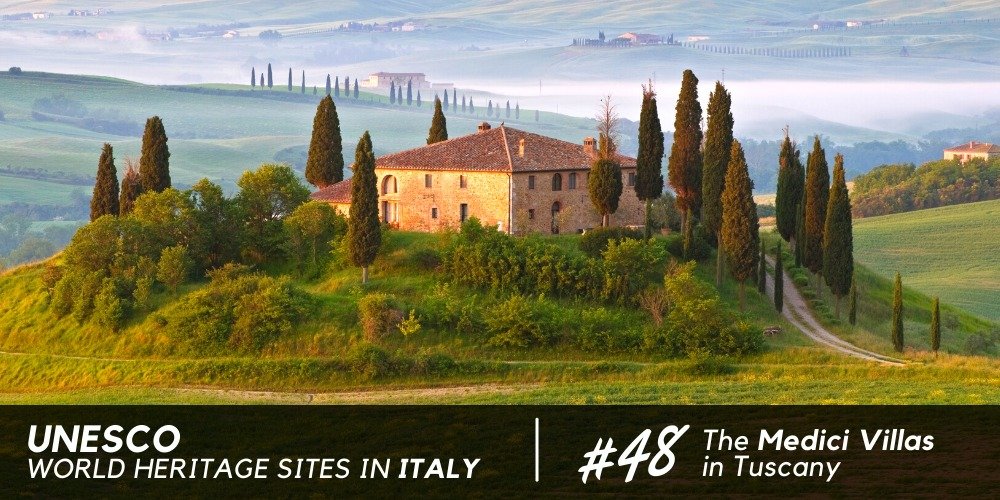
Sara Celin
Surrounded by the hilly landscape of Tuscany, we find enchanting Renaissance villas, Unesco World Heritage Sites since 2013.